GENE AUSTIN
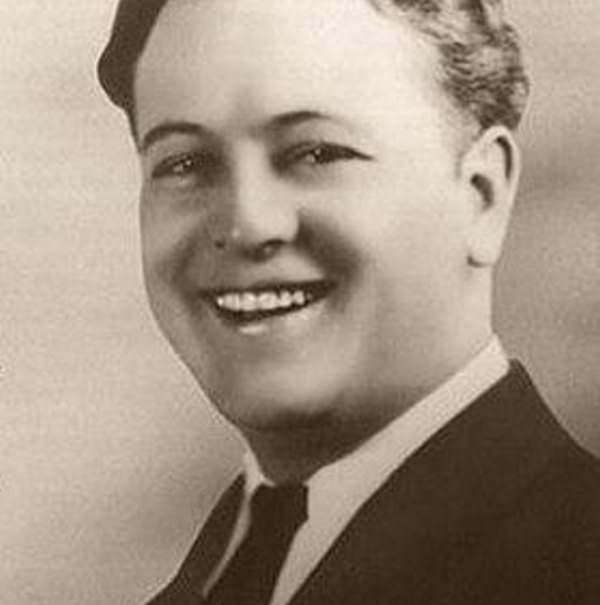
Biography
Gene Austin was born as Lemeul Eugene Lucas in Gainesville, Texas (north of Dallas), to Nova Lucas (died 1943) and the former Serena Belle Harrell (died 1956). He took the name “Gene Austin” from his stepfather, Jim Austin, a blacksmith. Gene Austin grew up in Minden, the seat of Webster Parish in northwestern Louisiana, located east of Shreveport. There he learned to play piano and guitar. He ran away from home at 15 and attended a vaudeville act in Houston, Texas, where the audience was allowed to come to the stage and sing. On a dare from his friends, Austin took the stage and sang for the first time since singing as a Southern Baptist choir boy. The audience response was overwhelming, and the vaudeville company immediately offered him a billed spot on their ticket.
Gene Austin joined the U.S. Army at the age of 17 in hopes of being dispatched to Europe to fight in World War I. He was first stationed in New Orleans, where he played the piano at night in the city’s notorious vice district. His familiarity with horses from helping his stepfather in his blacksmithing business also prompted the Army to assign Austin to the cavalry and send him to Mexico with General John Pershing’s Pancho Villa expedition, for which he was awarded the Mexican Service Medal. Thereafter, he served in France in the Great War.
RCA Victor bought his popular song “When My Sugar Walks Down the Street”, which he recorded solo and in a duet with Aileen Stanley. Nat Shilkret, in his autobiography, describes the events leading to the recording. In the next decade with RCA, Austin sold over 80 million records—a total unmatched by a single artist for 40 years. Best sellers included “The Lonesome Road,” “Riding Around in the Rain,” and “Ramona.”
Gene Austin’s compositions included “When My Sugar Walks Down the Street”, recorded by Duke Ellington, Nat King Cole, The Ink Spots, Hot Lips Page, Johnny Mathis, The Four Freshmen, Bix Beiderbecke, Red Nichols’ Five Pennies, Ella Fitzgerald, Sy Oliver, and the Wolverines Orchestra; “How Come You Do Me Like You Do?”, recorded by Fletcher Henderson and His Orchestra, Gene Rodemich, Marion Harris, George Wettling, and Erroll Garner; “The Lonesome Road”, written with Nat Shilkret, recorded by Bing Crosby, Fats Waller, Louis Armstrong, Eddy Arnold, Don Gibson, Mildred Bailey, Les Paul, Judy Garland, Frankie Valli and the Four Seasons, Sammy Davis, Jr., Dick Dale, The Fendermen, Frank Sinatra, Chet Atkins, Bobby Darin, Duane Eddy, Paul Robeson, Jerry Vale, Muggsy Spanier, Tommy Dorsey, Benny Goodman, Jimmie Lunceford, Frankie Laine and Ted Lewis; “Riding Around in the Rain”, written with Carmen Lombardo and “The Voice of the Southland”.
Arriving with the advent of electro-magnetic recording,Gene Austin, along with Rudy Vallee, Art Gillham, Nick Lucas, Johnny Marvin and Cliff Edwards, adopted an intimate, radio-friendly, close-miked style that took over from the more sentimental style of tenor vocals popularized by such singers as Henry Burr and Billy Murray. Such later crooners as Bing Crosby, Frank Sinatra, and Russ Columbo all credited Austin with creating the musical genre that began their careers.
Gene Austin was an important pioneer crooner whose records in their day enjoyed record sales and the highest circulation. The Genial Texan ex-vaudevillian and would-be screen idol, Austin constitutes an underrated landmark in popular music history. He made a substantial number of influential recordings from the mid-1920s including a string of best-sellers.
Offered to work in Hollywood at the height of his career as the “Voice of the Southland”, Austin appeared in three films, Belle of the Nineties (1934), Klondike Annie (1936) and My Little Chickadee (1940), at the request of his personal friend, Mae West.



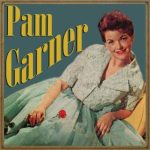 Pam Garner, Pam Garner
Pam Garner, Pam Garner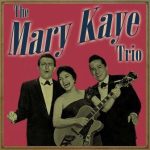 The Mary Kaye Trio
The Mary Kaye Trio Les Paul & Mary Ford
Les Paul & Mary Ford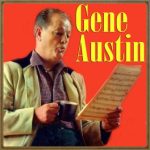 My Restless Heart, Gene Austin
My Restless Heart, Gene Austin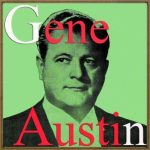 My Blue Heaven, Gene Austin
My Blue Heaven, Gene Austin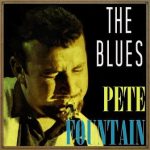 The Blues, Pete Fountain
The Blues, Pete Fountain Woman Of Jazz, Varios Artistas
Woman Of Jazz, Varios Artistas 100 Songs for Romantic Dinner
100 Songs for Romantic Dinner 100 Songs for Vintage Ambient
100 Songs for Vintage Ambient



